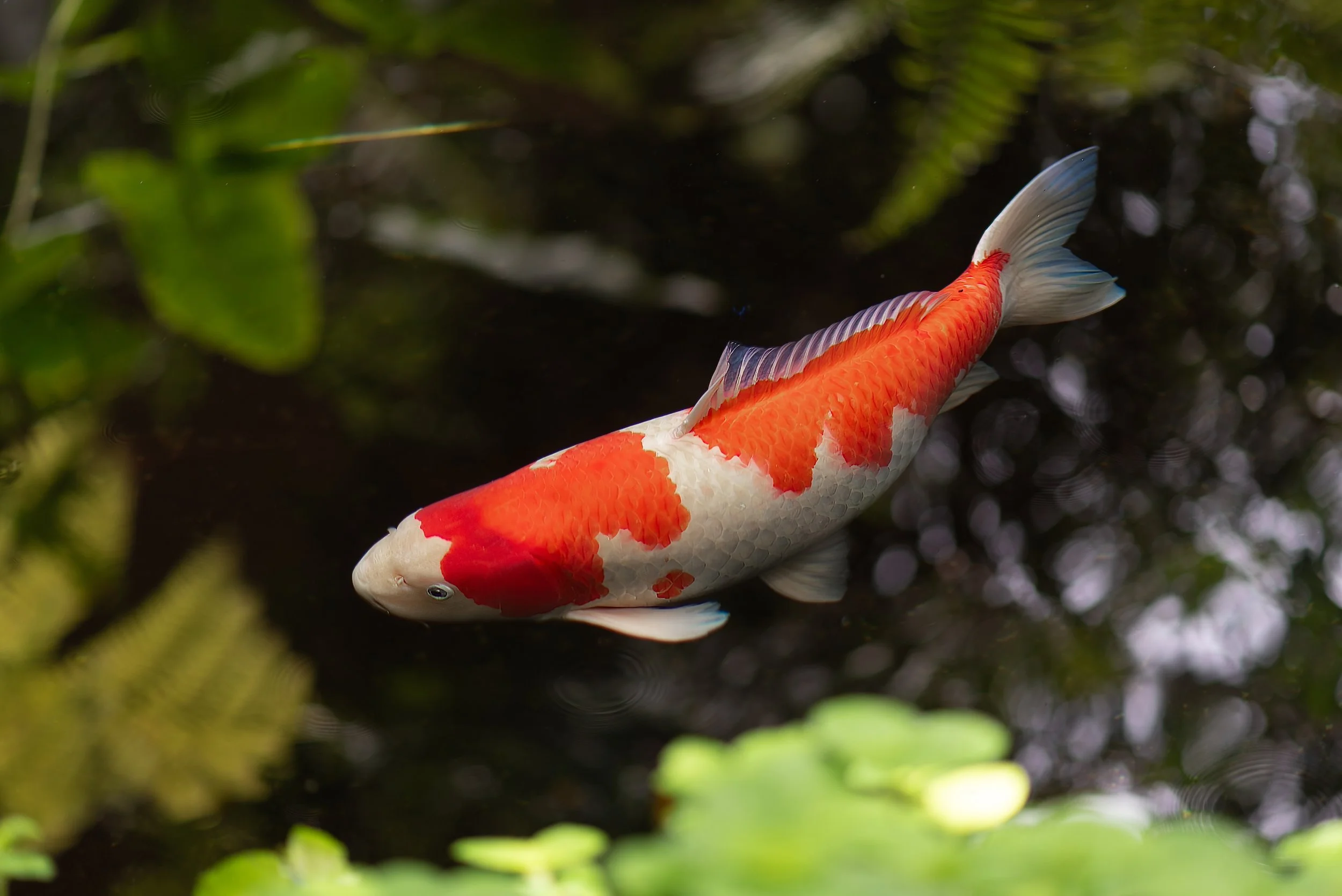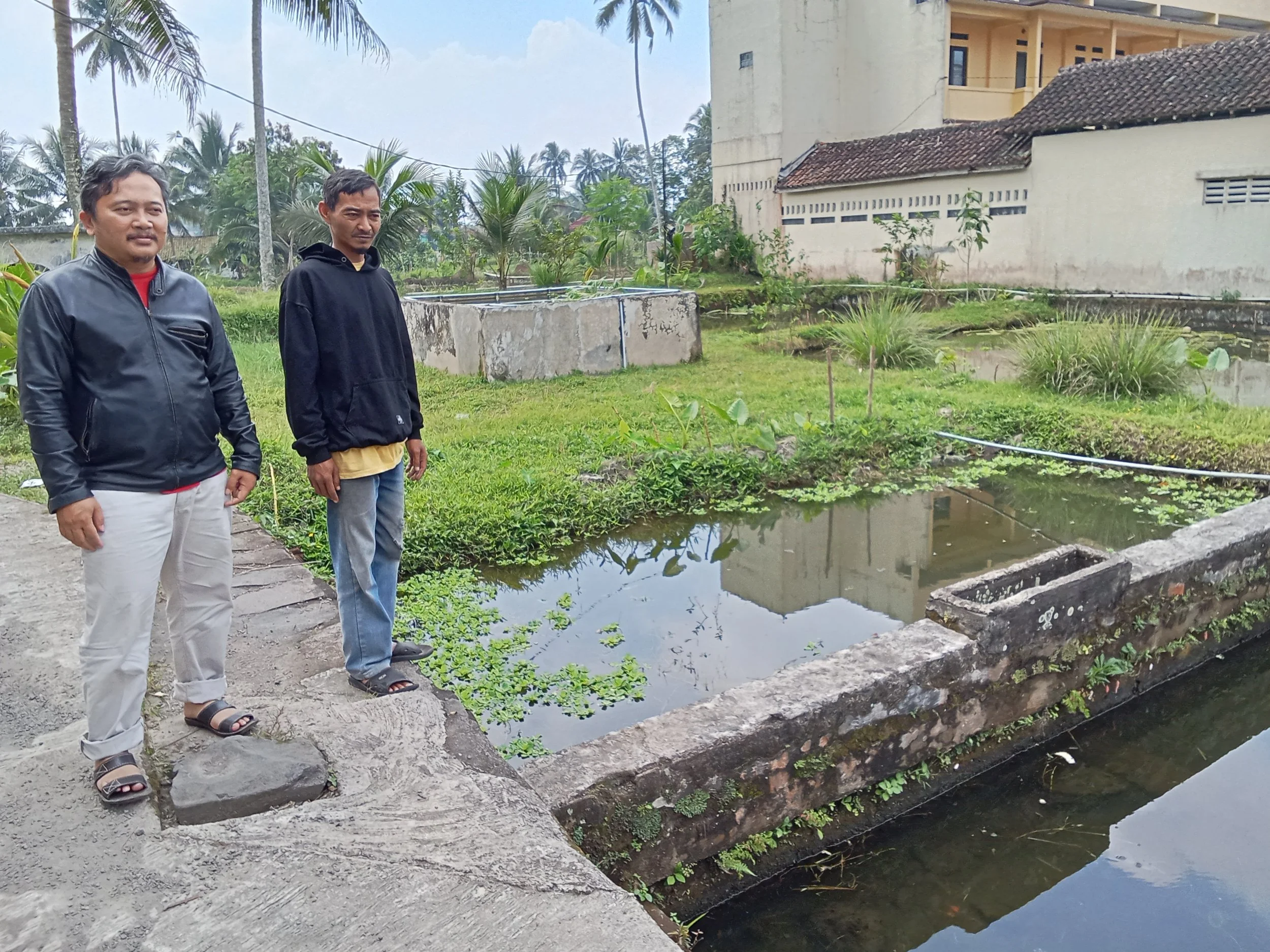This website page describes information about freshwater and seawater ornamental fish, as well as information about freshwater fish farming in which it describes how the characteristics of these fish, how to maintain, technology, feed, water quality, disease, harvesting and other information that is useful for readers.

Implementing environmentally friendly hatchery practices for catfish
Implementing environmentally friendly hatchery practices for catfish (Clarias spp.) involves optimizing broodstock management, water use, waste reduction, and disease prevention while maintaining production efficiency

Duties and Functions of an Aquaculture Analyst
Job Summary An Aquaculture Analyst collects, analyzes, and interprets biological, environmental, and operational data to improve productivity, sustainability, and profitability of aquaculture operations. This role supports farm managers, researchers, and company leadership by providing actionable recommendations based on scientific methods and data-driven insights.

Benefits of Keeping Koi Fish
Koi fish are known for their vibrant colors and elegant swimming patterns, enhancing the beauty of any pond or water garden, creating a tranquil and visually pleasing environment

Safe Equipment Management for Koi Fish Maintenance
Proper management of equipment is essential to ensure the health and well-being of koi fish during maintenance activities

Biosecurity facilities for fish farming in ponds
Implementing biosecurity measures is critical in pond-based fish farming to prevent disease outbreaks, protect stock health, and ensure sustainable production

Preventing disease in koi fish
Preventing diseases in koi fish is essential for maintaining healthy and vibrant ponds. Koi fish are susceptible to various illnesses caused by bacteria, viruses, parasites, and poor water conditions. Effective prevention involves proper pond management, regular monitoring, and good husbandry practices.

Feed Management for Home Kept Koi Fish
Koi fish, known for their vibrant colors and graceful movements, are popular ornamental fish often kept in home ponds. Effective feed management is crucial in maintaining their health, growth, and coloration. Proper feeding practices not only improve their lifespan but also prevent water quality problems commonly caused by overfeeding.

How to develop the potential of fish ponds
Developing the potential of fish ponds requires a combination of proper planning, management, and sustainable practices. Here are key steps to maximize fish pond productivity

Platypus Characteristics
The platypus is a unique and fascinating creature known for its distinct characteristics. It is one of the few monotremes, a group of egg-laying mammals, which sets it apart from most other mammals that give birth to live young

How to care for Aplocheilus lineatus in an aquarium
Aplocheilus lineatus, commonly known as the golden killifish or striped killifish, is a species of small freshwater fish belonging to the family Poeciliidae. Native to the subtropical regions of South Asia, particularly in freshwater rivers, streams, and ponds in India and Sri Lanka, this species is recognized for its vibrant coloration and elongated body.

Characteristics of Arapaima fish
Arapaima are recognized for their distinctive body shape, which is elongated and streamlined, with a broad head and a flattened, bony structure on the dorsal side. Their scales are large and armored, providing protection from predators. The fish's coloration typically includes a dark green or grayish body with a lighter underside.

Economic value of Anabas testudineus fish
Anabas testudineus, commonly known as the climbing perch, is a freshwater fish species belonging to the family Anabantidae. This species is notable for its ability to move between water bodies and even traverse land, thanks to its specialized respiratory system that allows it to extract oxygen from the air. The climbing perch is predominantly found in regions across Southeast Asia, as well as parts of Africa, where it inhabits swamps, ponds, and rice paddies.

Economic value of Anguilla spp
Anguilla spp. refers to a genus of eels commonly known as anguilliformes, which includes species such as the European eel (Anguilla anguilla) and the American eel (Anguilla rostrata). These eels are known for their elongated, snake-like bodies and are primarily found in both freshwater and saltwater environments.

Economic value of Monopterus albus
Monopterus albus, commonly known as the swamp eel or rice eel, is a species of freshwater eel belonging to the family Synbranchidae. It is characterized by its elongated, serpentine body, which can reach lengths of up to 1 meter (approximately 3.3 feet). The species is primarily found in Southeast Asia, where it inhabits shallow waters in rice paddies, swamps, and marshes

Processed products from shrimp
Shrimp processing serves multiple essential purposes that contribute to the efficiency and safety of the seafood supply chain. Primarily, it involves the cleaning, cooking, and packaging of shrimp to prepare it for consumption. This process ensures that shrimp is free from contaminants and suitable for market distribution.

Shrimp farming business opportunities
Shrimp is a highly sought seafood that belongs to the crustacean family, which also includes crabs and lobsters. Found in both saltwater and freshwater environments, shrimp are known for their delicate flavor and versatility in cooking. They can be prepared through various methods, including boiling, grilling, sautéing, and frying.

Lion Fish
Lionfish is a marine fish native to the Indo-Pacific region, known for its striking appearance and venomous spines. With long, protruding dorsal fins and vibrant red, white, and brown stripes, it is often considered one of the most beautiful fish in the ocean. However, its aesthetic appeal is overshadowed by its ecological impact, especially in non-native regions.

Panda garra freshwater fish
Panda Garra (Garra flavatra) is a species of freshwater fish native to Southeast Asia, particularly found in rivers and streams in India and Myanmar. This small, peaceful fish is noted for its distinct coloration, featuring a cream or light tan body marked with striking black patterns resembling a panda, which gives it its common name.

Sustainable Tilapia Aquaculture
Sustainable tilapia aquaculture refers to the practices involved in the farming of tilapia fish while minimizing environmental impact, ensuring economic viability, and providing social benefits. Tilapia is a popular fish due to its adaptability, growth rate, and nutritional value, making it a key species in aquaculture

Trichopodus pectoralis
Trichopodus pectoralis, commonly known as the pearl gourami, is a species of freshwater fish belonging to the Osphronemidae family. Native to Southeast Asia, particularly found in regions like the Mekong River basin, this fish prefers slow-moving waters such as swamps, ponds, and rice paddies.

